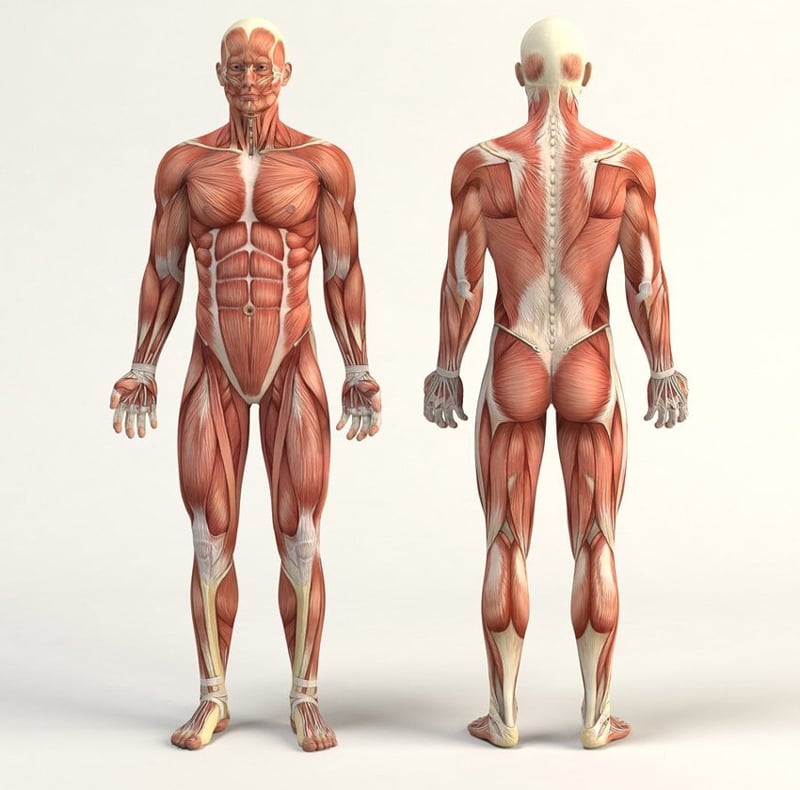
In the world of high performance, whether military or sport, the term readiness and tactics like “load management” have risen to the forefront alongside the growth of wearables and the data produced from our activity. Within such high performers, the measurement of high-intensity movements has been especially focused, how much high-speed distance did the individual run, how fast they moved a certain weight, how quickly can they recover their heart rate, etc. Speed or the rate of change lies at the core of all these aspects because it is sensational, both good and bad. We see individuals perform at exceptional outputs and sensational in that these outputs often are the inciting factor to extreme injuries of the musculoskeletal system. But what if we missed the foundational monitoring?
If COVID has taught us anything, it is that the world is changing rapidly, whether we like it or not. The monitoring of the musculoskeletal system goes beyond dynamic screens to identify how to best optimize sensational performance and limit sensational injuries. With the confinement of COVID (a bubble, virtual classes & education instead of walking, fewer social events you walk to convene at), we all have a lower volume of slower activity and postural stimuli.
Perhaps the best way to visualize this challenge is to picture the musculoskeletal system, showing red and white tissue. The red represents the muscles that play a significant role in explosive activity and common injury strains. In contrast, the white represents more connective tissues (ligaments & bones). Red is often best stimulated by faster movements of lower volumes, while white responds more to lower intensities at higher volumes, like walking.
Perhaps the best example is a recent individual case study who suffered some pain in the upper back area, a new area of injury and pain, and something unrelated to a specific event. Upon further investigation, we checked that individual’s phone and saw a drop from an average of 6,000 steps a day pre-COVID to 600 steps now. The athlete trains HARD at practice/training, but then the rest of the day is spent sitting or lying down.
The body, our (white) connective tissue, needs the low-intensity, high-volume stimulus of walking!
So while there are low-cost solutions of measuring activity like a smartphone, like any health situation, we need to align this prescription (the cause) with the diagnostic (the effect). So “readiness” and “load monitoring” must also be focused on this static or postural screening. The best opportunity for such static monitoring is through a single leg balance assessment, particularly leveraging a very sensitive device like a force plate that provides a granular collection of such postural status and the anticipatory adjustments required to maintain a stable upright position.
Sparta has been collecting balance scans for over five years now from all populations (male/female, young/old, healthy/injured), alongside key events like injuries, to provide the accurate thresholds of when interventions are required to limit poor outcomes and also which specific interventions are the most efficient to improve musculoskeletal health.
As practitioners and leaders of individuals’ movement health and subsequent musculoskeletal injury risk, we must seriously consider and prioritize static monitoring in our workflows, even over dynamic metrics.